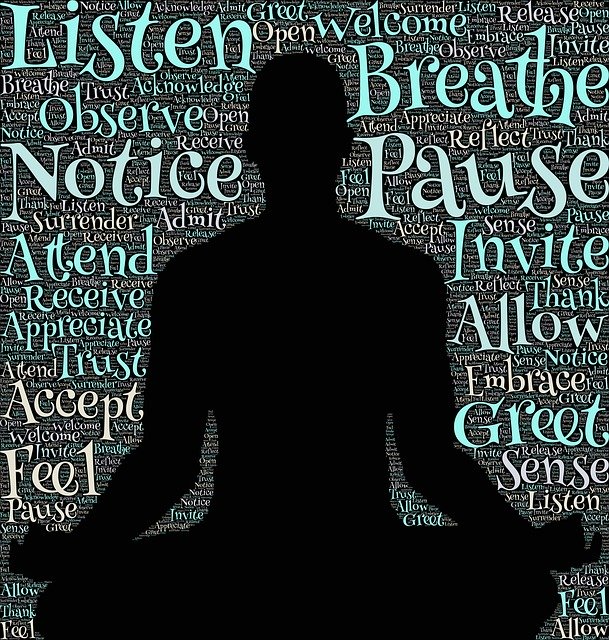Hello all!
There’s one really important thing that many breathing exercises don’t take into consideration. And that is that any exercise that manipulates your breath is restricting the free and natural movement of the groups of muscles in your torso involved in breathing.
The CDC recommends that if you have trouble breathing, persistent pain or pressure in the chest, new confusion or inability to arouse or bluish lips or face, that you get medical attention immediately.
However, barring a respiratory illness, for normal healthy breathing functionality, if we learn to get out of our own way by reducing habitual tension in the neck, back, shoulders, abdomen, pelvis and legs, the body will take in the air that it needs depending on the activity that we’re doing. The problem lies in habitual tension that we don’t notice that pulls the body out of its natural, easy alignment. When that happens, the body works overtime just to be upright and hold the head up. This increase in unnecessary tension restricts the three-dimensional movement of the ribs that occurs as muscles activate in response to brain impulses, which are stimulated by oxygen and carbon dioxide levels in the blood.
After exhalation, the brain stimulates the intercostal muscles and the diaphragm to contract. This creates a vacuum and air rushes into the lungs. When we do something with our breath, we interfere with our body’s natural functioning that’s based on our physiology and the law of physics.
Part of improving breathing function is organizing your body to not interfere with the body’s natural functioning. To do that, come back to allowing ease in your neck and in your whole self so that you allow your head to release upwards and your body to expand outward.
Try an experiment right now. Pull yourself up straight and tighten your “core.” Notice what happens to your breathing. Now let that tension go and notice how the air flows in.
The Alexander Technique began from a breathing problem which F.M. Alexander discovered how to resolve by studying his own unconscious habits of contraction. He went on to discover that his discoveries regarding the coordination of head and spine in human beings relate not only to our breathing, but to the way we move, feel and think and to our overall health and well-being.
If you want to improve your breathing, allow your body to expand outward. (Remember that anything you do with muscle activity in order to breathe is a contraction.) Walking while allowing your arms to swing naturally is also helpful.
If you’d like help improving your breathing or with how you organize your body, reducing stress or pain or moving with greater ease, contact me for a free consultation. I’m also offering some free and regular classes that you can see on the Classes page, and more stress and pain reduction classes will be starting soon.
Wishing you well,
Mari
DiscoverEase in Movement


Recent Comments